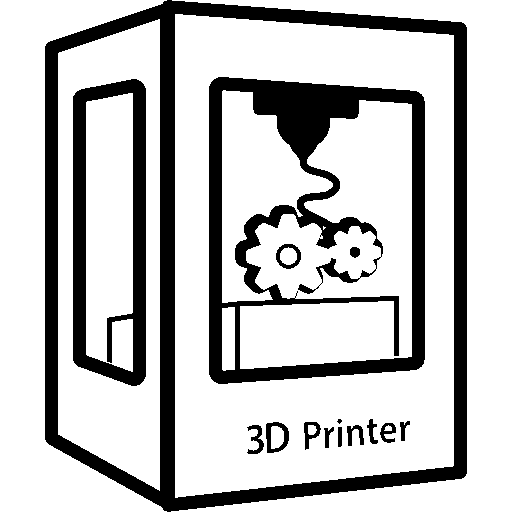

CNC/lathe work is harder since it requires specialised machines which are a magnitude more expensive than a 3D printer. The method developed allows for low cost fixes to reduce the water leakage globally. Albeit maybe less reliable or permanent.


CNC/lathe work is harder since it requires specialised machines which are a magnitude more expensive than a 3D printer. The method developed allows for low cost fixes to reduce the water leakage globally. Albeit maybe less reliable or permanent.


I agree wholeheartedly. But replacing all of the piping will be very expensive. I think this is more geared towards the people who don’t have the kind of money or expertise or both to replace their entire plumbing and this will help mitigate those issues by being able to connect weird sizes together. That’s at least what I got from scanning the article.


I think they are not talking about access to parts but more so custom sizes? Parametric driven is just a fancy word for using easily adjustable dimensions and linking them together. Local on demand 3D printing would mean in close proximity whenever you need it. I think the local part is trivial but alright. Customized means specific for the application.
In my house for example there’s an old central heating pipe that is out of standard so connecting any modern standard pipe or appliance to it is impossible. With a weird workaround it works but still leaks. This method of 3D printing a custom connector would solve it. Not sure what other use there is really.
In the words of Boy George: cum on a chameleon